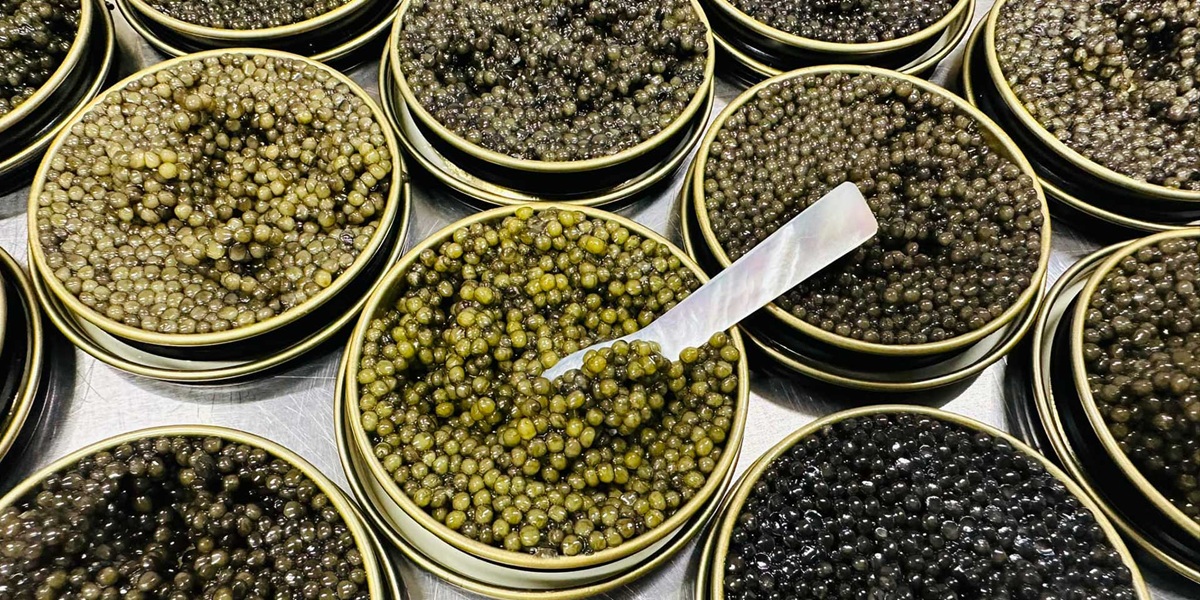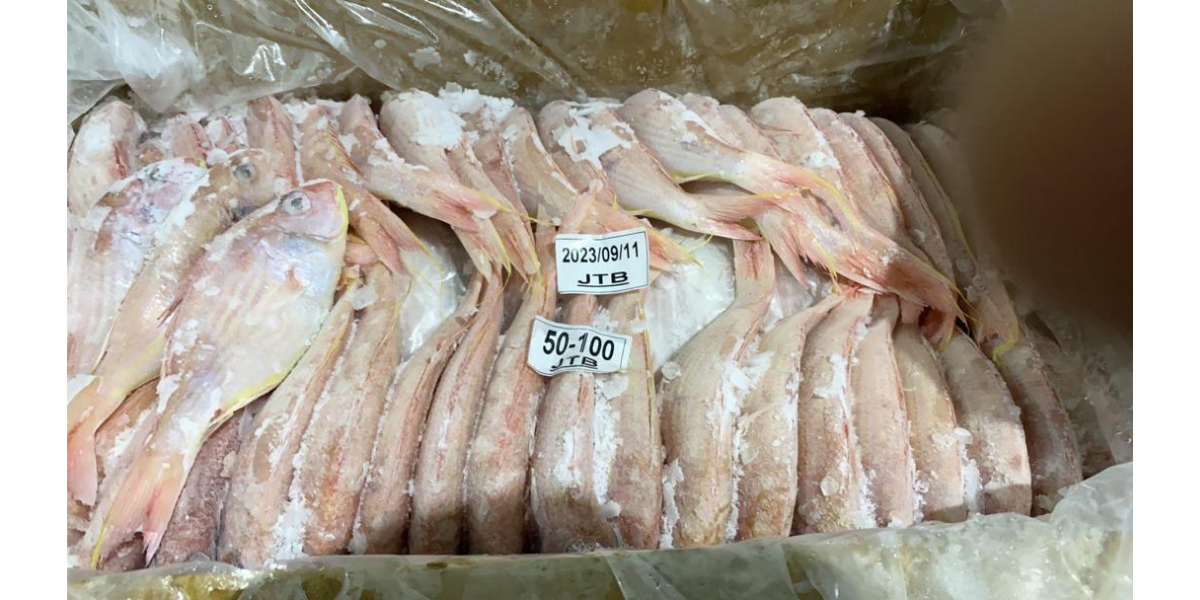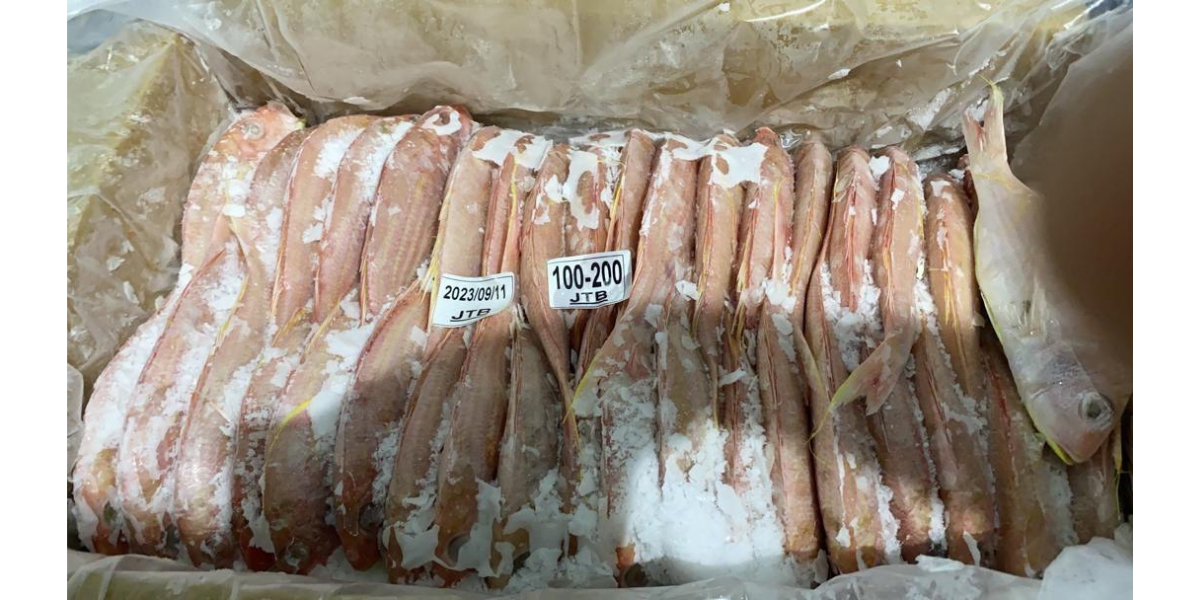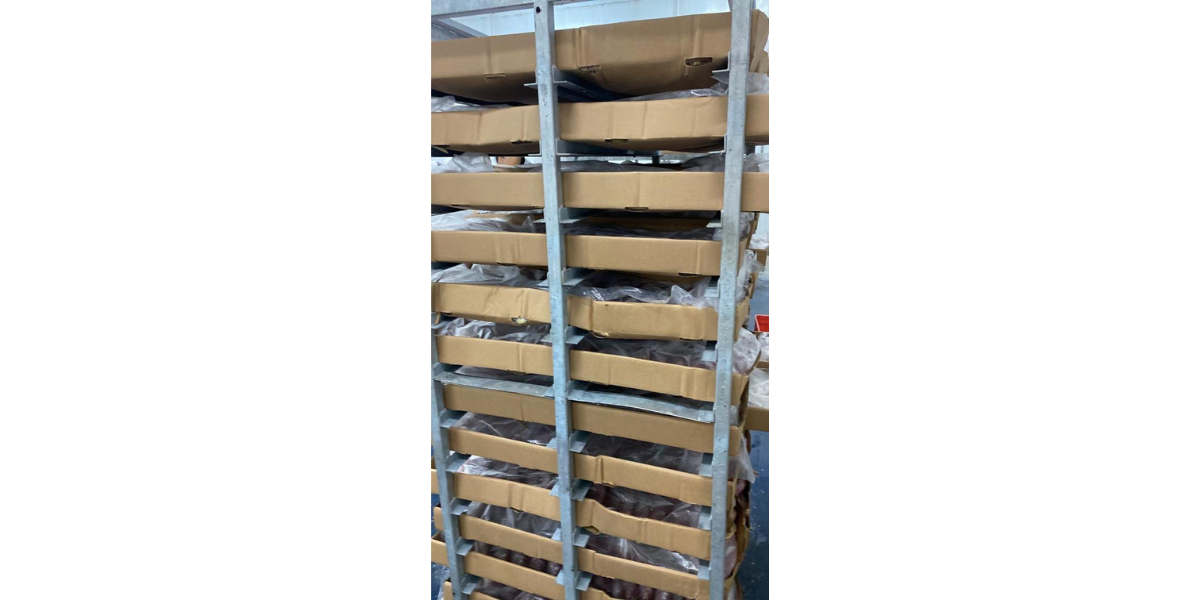Caviar isn’t just a symbol of luxury—it’s a nutritional powerhouse with a rich history and fascinating variety. From the world-renowned Beluga to the elegant Osetra and the delicate Sevruga, each type of caviar brings unique textures, colors, and flavor profiles shaped by species, environment, and production method. But beyond taste, caviar offers impressive health benefits, packed with omega-3 fatty acids, vitamins A, D, B12, and essential minerals like selenium and iron. As climate and environmental changes reshape ecosystems, understanding these varieties and their properties becomes more important than ever—for both culinary appreciation and sustainable choices. If you’re curious to explore the world of sturgeon roe and want to know which type suits your lifestyle and health goals, keep reading—this guide will take you deeper into the remarkable world of caviar.
Warming Waters, Vanishing Sturgeons: How Temperature Rise Affects Caviar Production
The global rise in water temperatures is increasingly disrupting the delicate ecosystems where sturgeons thrive. As freshwater habitats warm, sturgeon reproductive cycles face delays, and in some regions, spawning fails altogether. These environmental stressors are already reshaping Caviar Market Trends, pushing producers to adapt their farming practices or risk declining yields. Studies show that sturgeons are extremely temperature-sensitive, especially during egg maturation. Even slight deviations from optimal conditions can reduce roe quality, altering both taste and texture—two elements critical for high-end caviar. Moreover, temperature fluctuations compromise dissolved oxygen levels, increasing sturgeon mortality in both wild and farmed environments. Producers are now exploring adaptive strategies like deep-water aquaculture, controlled breeding in climate-regulated tanks, and early harvesting models. However, without broader ecological protection, these efforts may only offer short-term relief. Climate change isn’t a distant threat for the caviar industry—it’s an immediate, measurable challenge that’s already redefining global production capacity and market availability.
Polluted Rivers, Polluted Eggs: Water Contamination’s Direct Impact on Roe Viability
Sturgeons are long-lived, bottom-dwelling fish—highly susceptible to pollutants that accumulate in sediment. As river systems become increasingly contaminated by industrial runoff, pesticides, and pharmaceuticals, the reproductive health of sturgeons suffers dramatically. These contaminants can disrupt hormonal balance, leading to infertile eggs or malformed embryos. For consumers exploring different Types of caviar, the purity of water directly affects safety and quality. Heavy metals like mercury and cadmium not only damage the fish but may also pose health risks to humans through consumption. In regions without strict environmental regulation, caviar may test positive for elevated toxin levels, damaging brand reputation and risking export bans. The challenge extends beyond health—polluted water weakens sturgeon immune systems, increases mortality, and shortens breeding cycles. Advanced filtration systems and closed-loop aquaculture are emerging as vital solutions, but they come with high operational costs. A cleaner water supply is no longer optional—it’s essential for safeguarding the future of premium, safe-to-consume caviar.
Acidifying Oceans, Fading Futures: What pH Imbalance Means for Sturgeon Hatcheries
As carbon dioxide levels rise, not only oceans but freshwater ecosystems are becoming more acidic. This shift in water pH directly threatens sturgeon hatcheries, especially during early developmental stages. Acidic conditions weaken egg shells, hinder embryo formation, and can alter the nutrient absorption critical to healthy fry development. In the case of Caspian Caviar, one of the most revered products globally, pH imbalance threatens the very root of its heritage—the natural breeding zones of wild sturgeons in the Caspian Sea. Scientists warn that even minor increases in acidity can disrupt the microbial balance in hatcheries, increasing vulnerability to disease and reducing survival rates. To counteract this, some producers are using buffering systems to stabilize water chemistry, while others are moving breeding facilities to more stable inland waters. But without significant cuts in CO₂ emissions globally, these are only stopgap measures. If left unchecked, acidification could permanently shift the biology of sturgeon populations, jeopardizing both biodiversity and long-standing caviar traditions.
Droughts and Damages: The Impact of Water Scarcity on Wild and Farmed Caviar
Climate-driven droughts are intensifying globally, dramatically affecting both wild sturgeon habitats and aquaculture systems. With rivers drying and water tables falling, sturgeons face reduced spawning grounds, higher concentrations of pollutants, and lower oxygen availability. For producers of Iranian caviar, which heavily relies on sustainable river management, water scarcity is now a core operational risk. Drought also concentrates existing contaminants in smaller water volumes, exacerbating the toxicity levels that sturgeons must endure. In aquaculture, water shortages can halt operations entirely or force premature harvesting, which compromises egg maturity and quality. Moreover, warmer shallow waters associated with droughts promote algal blooms and bacterial outbreaks, further endangering fish health. Solutions like recirculating aquaculture systems (RAS) and water recycling technologies are promising, but they require investment and technical knowledge that smaller farms often lack. Long-term resilience in the Iranian caviar industry depends on integrated water resource management, climate-adapted infrastructure, and regional cooperation over shared water bodies.
Invasive Species and Ecosystem Disruption: A Hidden Threat to Sturgeon Populations
As climate patterns shift, so too do the migration routes and survival zones of various aquatic species. Warmer waters and altered current flows are enabling invasive species to thrive in areas traditionally dominated by native sturgeons. These invaders often compete for food or prey on sturgeon eggs and juveniles, causing significant disruption to population recovery efforts. For those asking What is caviar, the answer starts with a stable sturgeon population—and that stability is now under threat. Invasive species like the round goby or zebra mussel, introduced via ballast water or environmental imbalance, can rapidly alter aquatic ecosystems, leaving native fish like sturgeon struggling to adapt. Their presence also introduces new diseases, for which native sturgeons have no immunity. Fisheries scientists are now using ecological modeling and environmental DNA (eDNA) surveillance to monitor invasive species and intervene early. But containment is difficult without stringent cross-border environmental controls. Protecting sturgeons means protecting their entire ecosystem from external biological disruption.
Sturgeon Aquaculture Under Stress: The Growing Challenge of Sustainable Farming
Climate change is exerting unprecedented pressure on sturgeon aquaculture, impacting both the quantity and quality of caviar production. Rising water temperatures, fluctuating oxygen levels, and increased disease prevalence are among the challenges threatening the sustainability of this industry. These environmental stressors not only affect sturgeon health but also compromise the production of High quality caviar, which relies on optimal rearing conditions to maintain its esteemed texture and flavor.
To mitigate these challenges, aquaculture operations are adopting advanced technologies such as recirculating aquaculture systems (RAS) that allow for precise control over water parameters, reducing the impact of external climatic variations. Additionally, implementing biosecurity measures and selective breeding programs enhances disease resistance and adaptability in sturgeon populations. However, these solutions require significant investment and expertise, posing barriers for smaller producers.
The industry must prioritize research and collaboration to develop cost-effective and scalable strategies that ensure the long-term viability of sturgeon farming amidst changing environmental conditions. By embracing innovation and sustainable practices, producers can continue to supply high quality caviar while safeguarding the future of aquaculture.
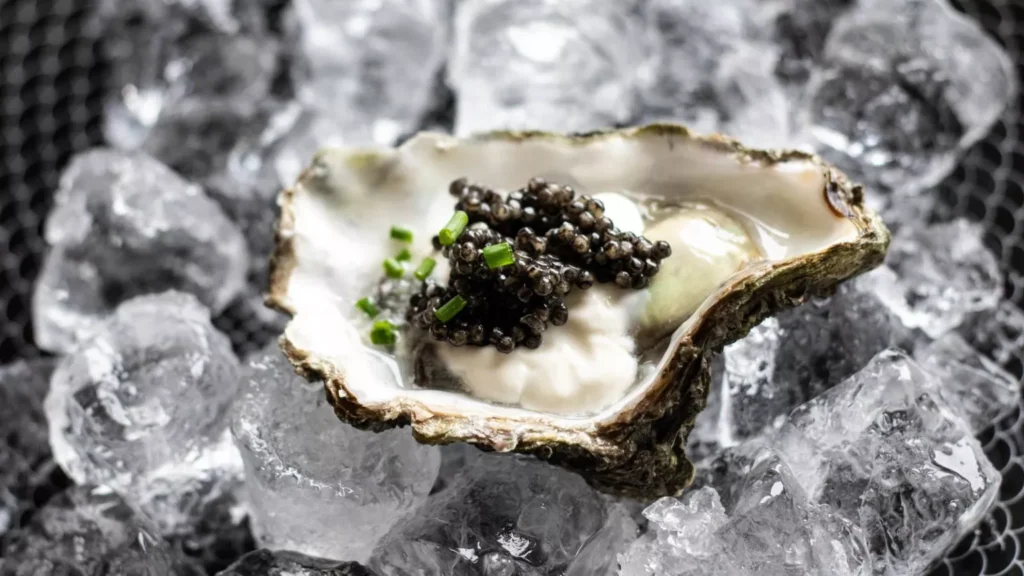
Genetic Conservation in Crisis: How Climate Change Threatens Sturgeon Biodiversity
Sturgeon species, integral to caviar production, are facing a biodiversity crisis exacerbated by climate change. Altered water temperatures, habitat degradation, and disrupted migration patterns are leading to population declines and genetic bottlenecks. This loss of genetic diversity not only threatens the survival of sturgeon species but also impacts the health benefits of caviar, as the nutritional profile of roe is influenced by the genetic makeup and health of the fish. 
Conservation efforts are focusing on habitat restoration, implementation of fish passages to support migration, and captive breeding programs aimed at preserving genetic variability. Advanced genomic tools are being utilized to monitor genetic diversity and inform breeding strategies. Public-private partnerships and international cooperation are essential to address the transboundary nature of sturgeon habitats and to implement effective conservation policies. 
Protecting sturgeon biodiversity ensures the continued availability of caviar with its associated Health benefits of caviar, including high levels of omega-3 fatty acids, vitamins, and minerals. Sustained conservation initiatives are crucial for maintaining the ecological balance and the economic viability of the caviar industry.
Regulatory Gaps and Climate Blind Spots: Policy Failures in Protecting the Caviar Industry
The caviar industry is vulnerable to regulatory shortcomings that fail to address the multifaceted impacts of climate change. Existing policies often lack provisions for adaptive management, leaving producers ill-equipped to respond to environmental shifts such as temperature fluctuations, water scarcity, and habitat loss.
Moreover, enforcement of regulations concerning illegal fishing and trade remains inconsistent, undermining conservation efforts and market stability. The absence of comprehensive climate-resilient frameworks hampers the industry’s ability to implement proactive measures, such as infrastructure upgrades and research investments.
To fortify the caviar industry against climate-induced challenges, policymakers must integrate climate considerations into fisheries management, support scientific research, and foster international collaboration. Developing robust, flexible regulatory systems will enable the industry to adapt to environmental changes while ensuring the sustainability of sturgeon populations and the economic health of caviar production.
From Luxury to Legacy: How Producers Can Adapt with Science-Backed Strategies
Adapting to climate change is imperative for the caviar industry to transition from a symbol of luxury to a model of sustainability. Producers are increasingly adopting science-backed strategies to mitigate environmental impacts and ensure long-term viability.
Implementing advanced aquaculture technologies, such as RAS, allows for controlled breeding environments that minimize ecological footprints. Selective breeding programs enhance resilience to temperature variations and disease, while sustainable feed alternatives reduce reliance on wild fish stocks.
Additionally, certification schemes and traceability systems are being employed to promote transparency and consumer trust. Investing in research and development, as well as engaging in policy advocacy, empowers producers to influence regulatory frameworks conducive to sustainable practices.
By embracing innovation and environmental stewardship, the caviar industry can preserve its heritage and contribute to global sustainability goals, transforming its legacy from opulence to ecological responsibility.
A Timeless Luxury with Modern Benefits: Why Caviar Still Matters
In a world where wellness, sustainability, and taste converge, caviar stands out as a product that blends cultural heritage with modern nutritional science. Its unique composition of healthy fats, antioxidants, and essential nutrients makes it not just a gourmet delicacy but also a smart dietary choice. As we explored the diverse types of caviar and their respective health benefits, it’s clear that this ancient food still holds a vital place in today’s culinary and wellness scenes. Whether you’re drawn to its rich history, its elegant profile, or its nutritional impact, caviar continues to offer depth, refinement, and value far beyond the plate.

